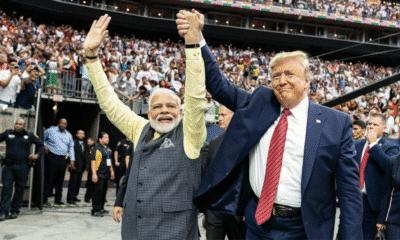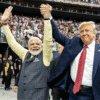Economy
India well prepared to tackle second wave of COVID-19: FinMin Report
After successfully managing the first wave of COVID-19, India is well prepared to combat the scourge of the second wave, says the Finance Ministry’s monthly economic report. It highlighted that the high-frequency data indicates that India is on the path to become better and stronger.
“After battling a historic pandemic in FY2020-21, the Indian economy is poised to build back better and stronger as is reflected in the movement of several high-frequency indicators,” the report said. “Instrumental in this resilient comeback will be a strong revival in investment growth supported by Atmanirbhar Bharat Mission and a massive boost to infrastructure and capital expenditure provided for in the Union Budget 2021-22.”
Acknowledging the rapid rise in the daily number of COVID-19 cases, the report pointed out that India has been able to delay the onset of the second wave – the gap between the first peak to start of the second wave has been 151 days in India, while it was much lower in other countries. At this juncture of the onset of the second wave, India is well prepared to combat the scourge of the virus.
“The wheels of India’s capex cycle have been set into motion, signs of which are imminent in the second half of the year. As the vaccination drive continuously upscales in India and guided by the learnings of India’s successful management of the pandemic during its first wave, India is now well armed to combat any downside risk posed by the recent surge in COVID-19 cases,” it said. “The fiscal position of the Centre has witnessed improvement in the recent months due to a revival in the economic activities.
Also Read: Zydus Cadila seek DGCI approval for ‘breakthrough’ Covid drug
The report said that during April 2020 to February 2021, the Centre’s fiscal deficit stood at Rs 14.05 lakh crore, which is 76 per cent of Revised Estimate 2020-21. Net Tax Revenue of the Central Government for 2020-21 is set to overshoot the RE despite 41% higher income tax refunds this year. The Centre raised Rs 13.7 lakh crore as gross market borrowings during 2020-21 at a weighted average borrowing cost of 5.79% – the lowest in 17 years.









































Pingback: Maharshtra: Traders body urges reduced shop timings in place of lockdown | The Plunge Daily
Pingback: Noida Film City: Amusement park and rides, phase 1 to be ready by 2024 | The Plunge Daily